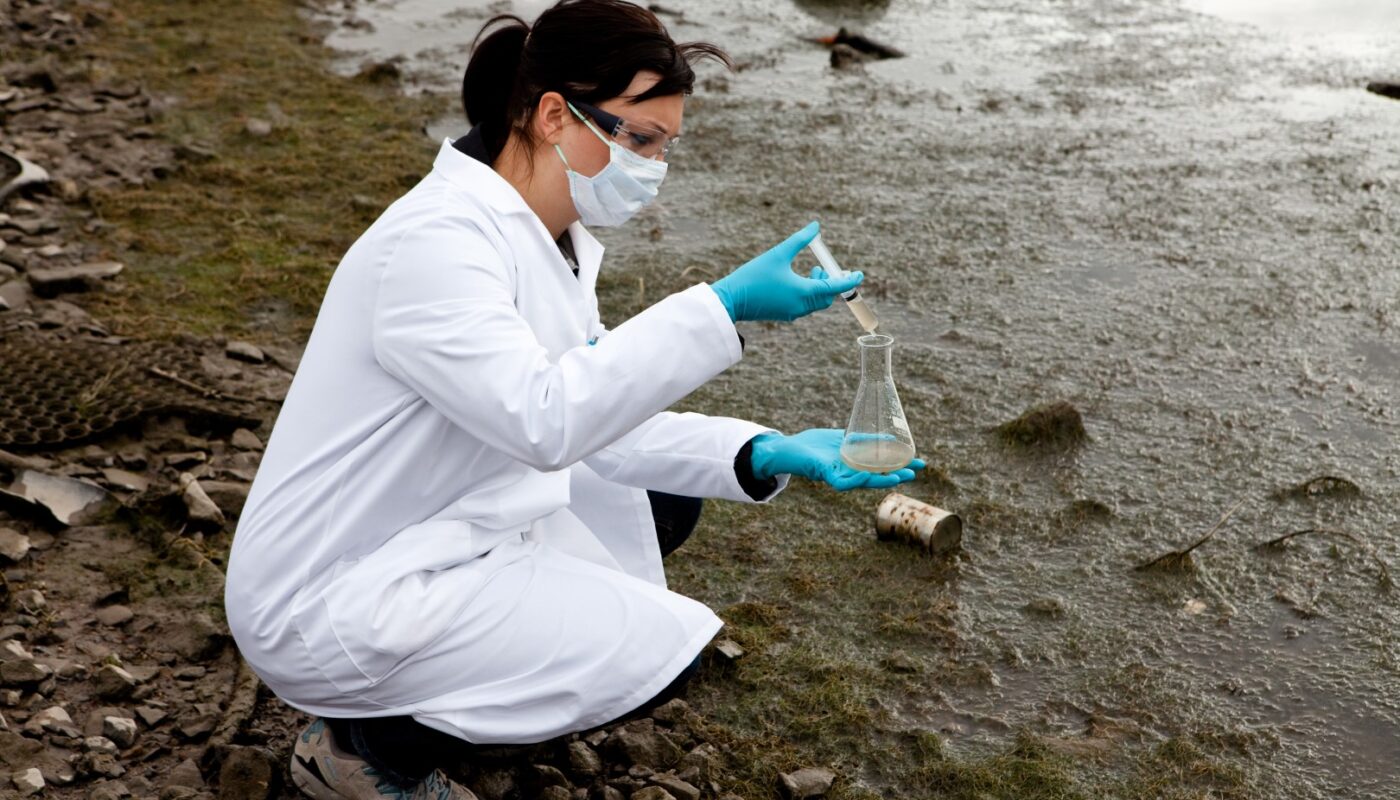A team of researchers led by the Australian Nuclear Science and Technology Organisation (ANSTO) has made significant progress in the field of sea-based uranium harvesting. The team has developed a cost-effective and easily producible material that can extract uranium from seawater, potentially revolutionizing the global nuclear power industry.
With the world gradually shifting away from carbon-based fuel sources, alternative energies have taken center stage. While solar, wind, and hydroelectric technologies dominate the conversation, nuclear energy continues to be a powerful contender. Nuclear power contributed approximately 10% of the world’s energy production in 2017, and in 2022, 8 GW of new nuclear power capacity has been integrated into the global grid.
Uranium is essential for nuclear power generation, but it is only found in limited quantities on land, which will continue to decline as nuclear power plants proliferate. However, the underwater supply of uranium is estimated to be approximately 4.5 billion tonnes, compared to just six million tonnes on land. This vast underwater reserve could potentially power the entire planet for thousands of years.
The challenge lies in effectively retrieving uranium from seawater, as it exists in extremely low concentrations. Previous attempts have shown promise but failed to achieve industrial-scale harvesting necessary for widespread use in nuclear plants. Additionally, finding a material that can selectively extract uranium without capturing other elements present in seawater has been a major obstacle.
To overcome these challenges, the ANSTO team, along with researchers from the University of New South Wales and other institutions, turned to layered double hydroxides (LDH). LDHs are easily producible materials composed of alternating layers of positively and negatively charged ions. The team doped these LDHs with different chemicals, including neodymium, terbium, and europium, and then immersed them in seawater. Advanced imaging techniques, such as X-ray adsorption spectroscopy, were used to analyze and evaluate the results.
The researchers discovered that when neodymium was combined with LDHs, the resulting compound exhibited a remarkable ability to selectively extract uranium from seawater, outperforming 10 other more abundant elements. These elements, including sodium, calcium, magnesium, and potassium, are present in seawater at concentrations about 400 times higher than uranium. The selectivity demonstrated by the neodymium-doped LDH material, combined with its low production cost, positions it as a potential game-changer for large-scale uranium harvesting from seawater.
The findings of this study highlight the effectiveness of dopant engineering in LDHs, providing a simple yet powerful method to control selectivity and create adsorbents capable of complex separations, such as uranium extraction from seawater. The research has been published as a cover story in the journal Energy Advances, and the team believes this breakthrough brings us closer to the possibility of harnessing the vast underwater uranium reserves to meet global energy demands.
*Note:
1. Source: Coherent Market Insights, Public sources, Desk research
2. We have leveraged AI tools to mine information and compile it




